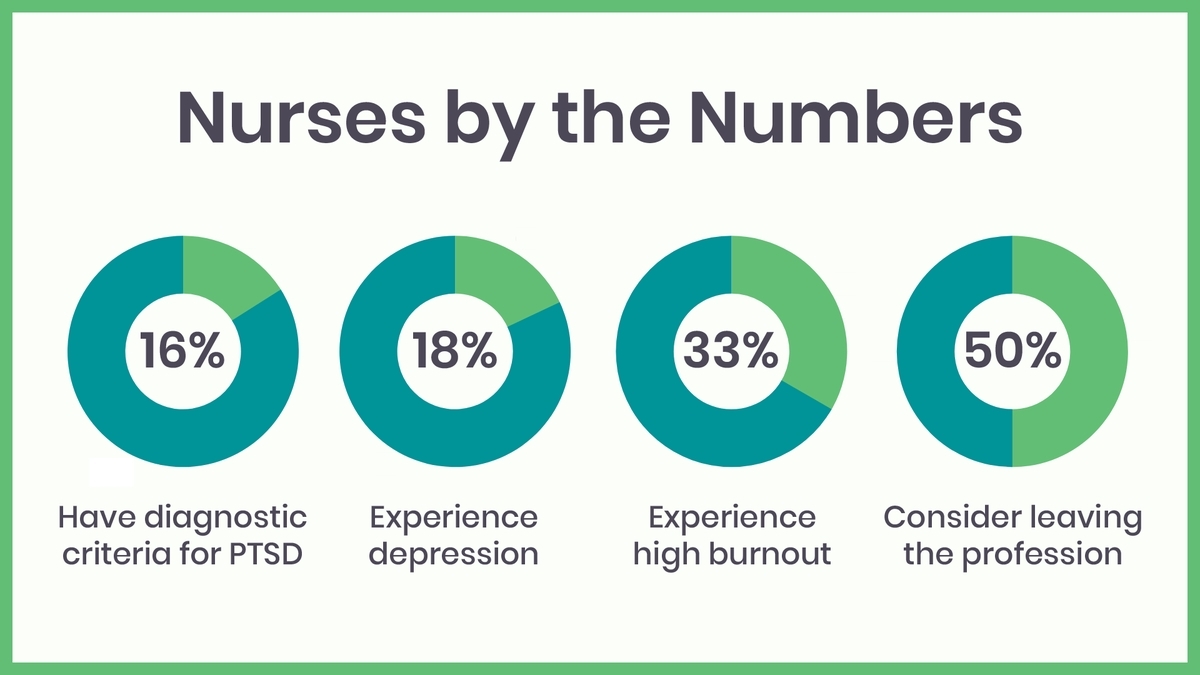A significant number of US doctors appear to be grappling with burnout, with 50% of them reporting feelings of exhaustion and stress related to their work. Burnout among physicians isn’t a new problem, but recent studies suggest that the issue is reaching crisis levels, exacerbated by the ongoing COVID-19 pandemic. The situation grows even more critical when we consider that 25% of medical residents are experiencing depression.
The Prevalence of Burnout and Depression Among Physicians
According to a recent survey conducted by Medscape, approximately half of US doctors feel burned out, and the majority blame job-related stress as the primary cause. While they acknowledge that positive measures such as more exercise and family time can help mitigate burnout, they also emphasize the role employers could play by increasing pay and hiring more support staff. This data highlights the medical profession’s ongoing struggle with physician burnout.
A study focusing on attending physicians at a healthcare institution in California revealed that while awareness of the Employee Assistance Program was high, the utilization of provided services was minimal. This was due to barriers such as time constraints, concerns over confidentiality, unfamiliarity with the program, and questions of effectiveness. This finding underscores the need for more accessible and effective support systems for physicians facing burnout.
Depression Among Medical Residents and Early Career Physicians
Another study surveyed the prevalence of depression among Thai psychiatrists and psychiatry trainees, revealing a depression rate of 12.4%. Factors contributing to this included loneliness, work satisfaction, work stress, and the ability to control one’s work schedule. It was found that those more susceptible to depression were females, those in residency training or early career stages, and those practicing in nonacademic settings. Burnout was also identified as a significant factor, further highlighting the interconnectedness of these issues.
The Impact of Junior Faculty Development Programs
The Penn State College of Medicine Junior Faculty Development Program (JFDP) experienced an increase in burnout among participants during the program. This was revealed through a survey assessing burnout, quality of life, job satisfaction, and work-home conflict at the start and end of the course. Results indicated that burnout associated with patients, learners, clients, and colleagues had increased, while quality of life had decreased by the end of the program. These findings suggest that the design, evaluation, and refinement of such programs should consider the well-being of the participants.
Addressing Burnout through Patient Re-engagement and Reduced Administrative Tasks
One of the primary reasons individuals enter the medical profession is the desire to engage with and help patients. However, the increasing administrative burden, including managing electronic health records (EHR), can detract from this meaningful interaction. Reducing time spent on administrative tasks and EHR could help physicians re-engage with their patients and potentially alleviate some of the stress contributing to burnout. Higher wages and more support staff could also help reduce the strain on physicians and improve their overall well-being.
In conclusion, the medical profession is facing a significant challenge with physician burnout and depression. However, by recognizing these issues and taking tangible steps such as reducing administrative burdens, increasing support staff, and promoting patient re-engagement, we can create a healthier and more fulfilling work environment for our healthcare providers.
#Growing #Crisis #Medical #Profession



